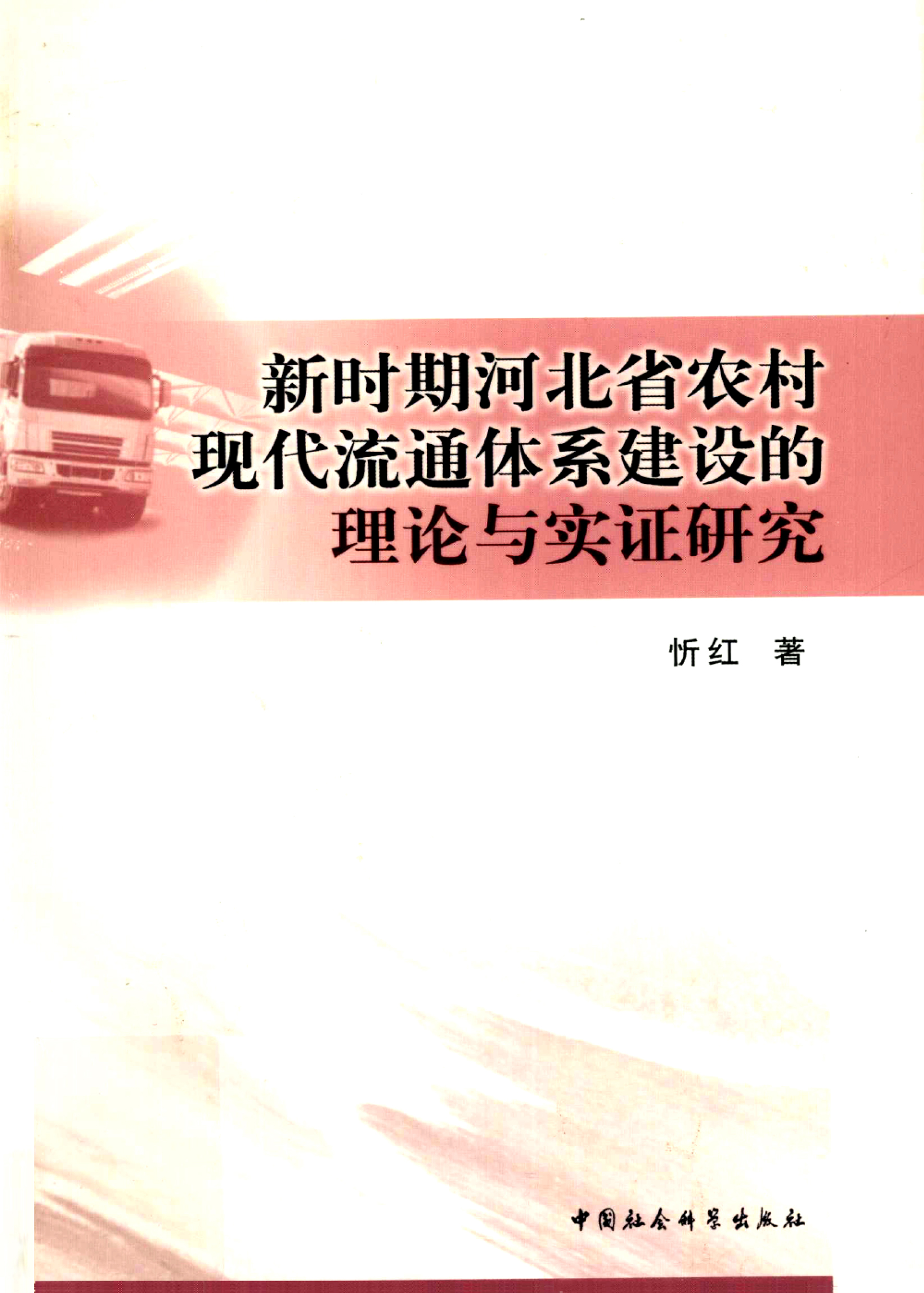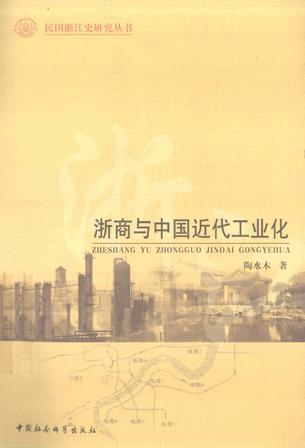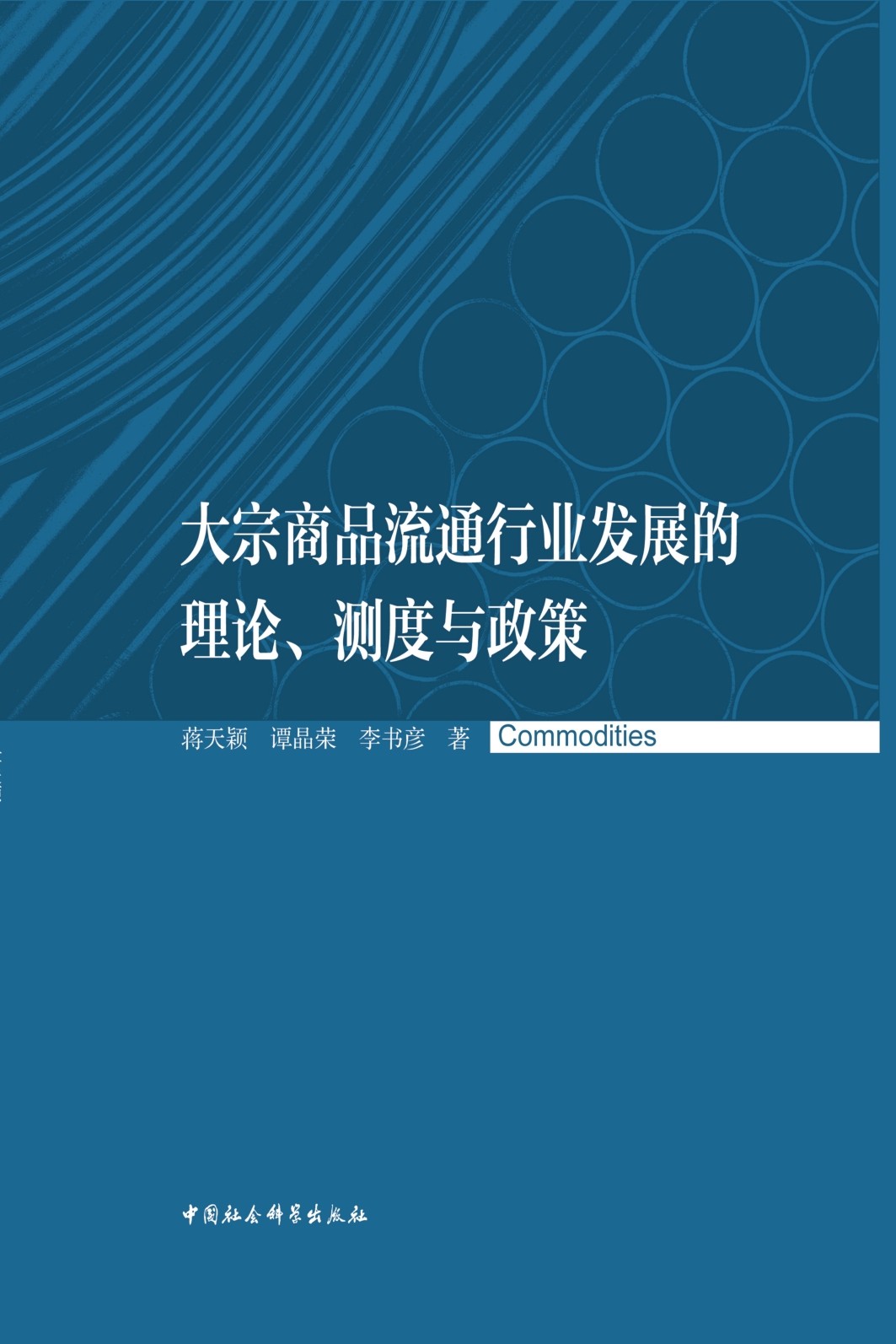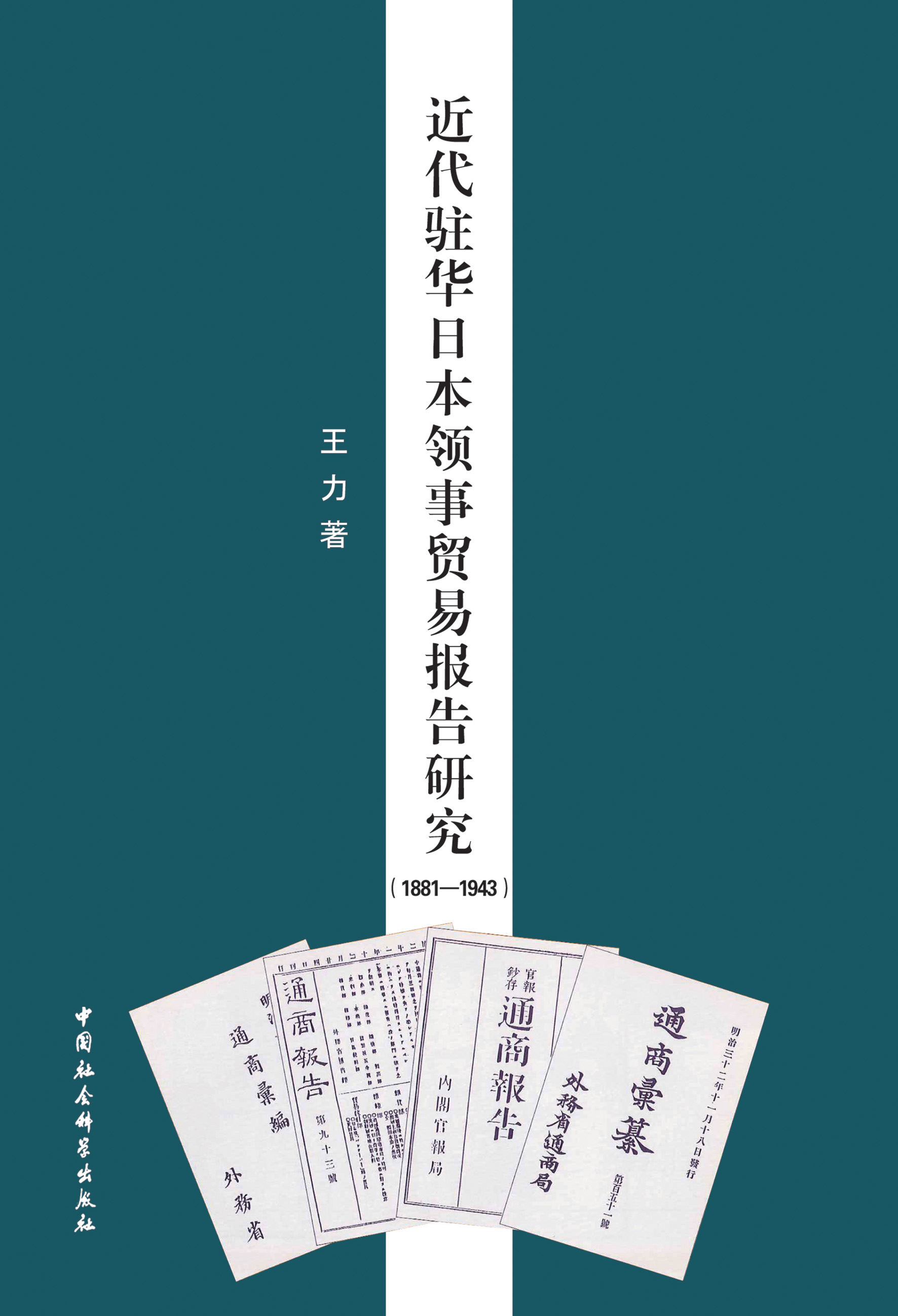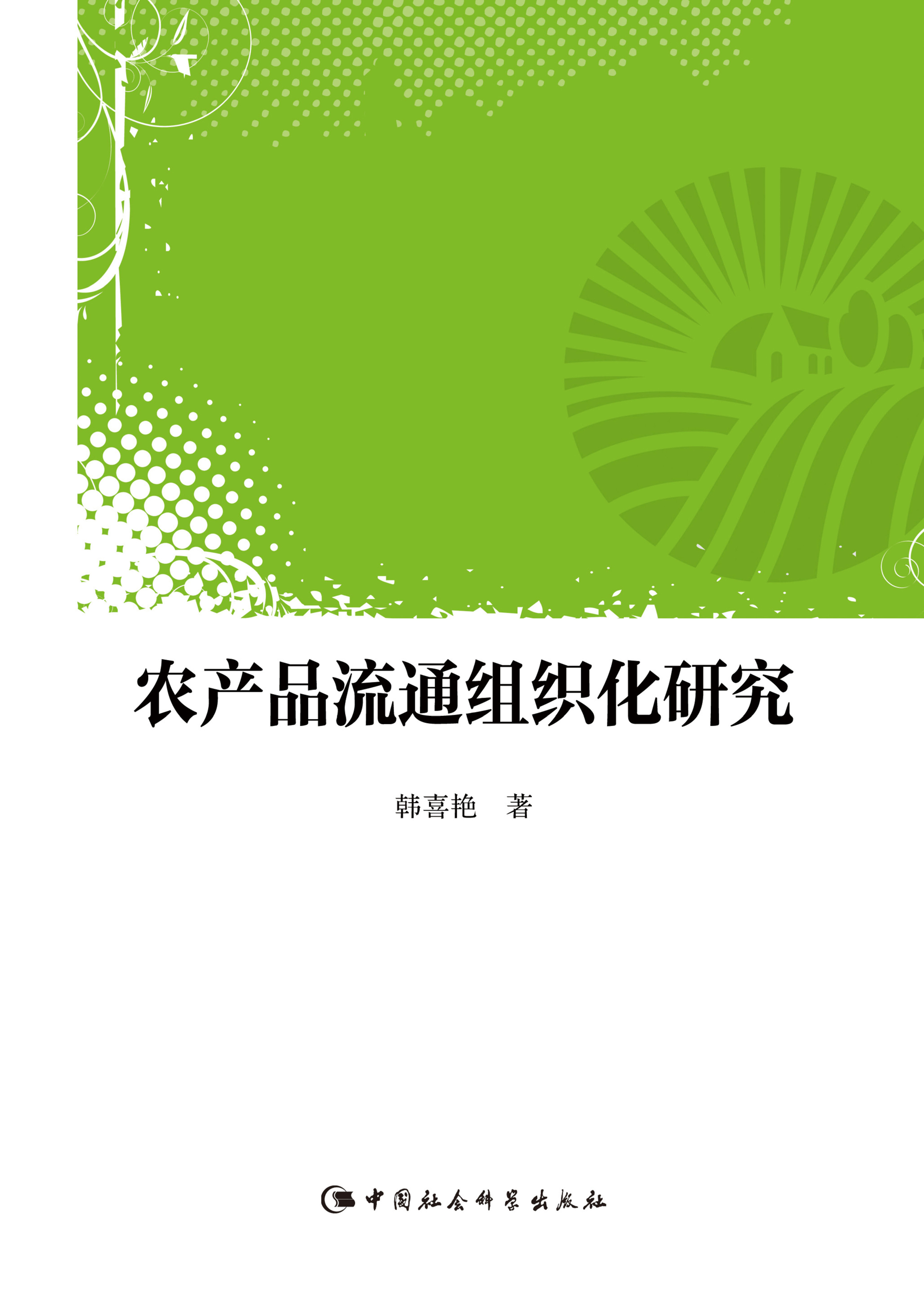内容简介
作者简介
目录
This book compiles some of cooperative academic research papers by Yan Dong,Chunding Li and John Whalley.Most of these papers use applied general equilibrium modelling and simulation methodology to explore China's related international trade facts,difficulties and policies.John Whalley is a professor in the department of Economics of Western U-niversity (UWO) in Canada,and he is a pioneer in the applied general equilibrium calibration and simulation field.Yan Dong and Chunding Li both work in the Institute of World Economics and Politics (IWEP),Chinese Academy of Social Sciences (CASS).From the year of 2008 to 2010,Yan Dong had ever worked in the Western University with John Whalley as a post-doctoral fellow.After that,Chunding Li had worked with John Whalley as a post-doctoral fellow from 2010 to 2012.During these periods of cooperative research,we used computational general equilibrium methodology to study China's economic theory and policy in the fields of trade,climate change,imbalance,regional trade agreement negotiations,and etc.In memory of these joint research times,we choose some representative and important works to compile this book,and hope it can benefit you in learning applied general equilibrium modelling and simulation methodology as well as understanding China's international trade situations.Applied general equilibrium modelling and simulation methodology is one of main research technique and instrument in economics.The distinguishing characteristic of the general equilibrium approach is a focus on economy-wide resource allocation.This focus has made the approach a highly attractive vehicle for economic planning and policy analysis.The papers in this book provide a representative selection of applications of general equilibrium modelling to economic policy analysis.Therefore this book will be helpful for learning computational general equilibrium research technology,and meanwhile valuable for un-derstanding the development of the general equilibrium modelling.Research topics of selected papers in this book are mainly in international trade,including trade and climate change,trade policy bargaining,trade disputes,trade imbalance and regional trade agreement.Most of these topics set China as the research target or as examples.Therefore these papers are conducive to understand both presently important international trade issues and China's foreign trade policy.We select 13 papers in this book,all of them had already published in academic journals including the World Economy,Economic Modelling,China Economic Review,Journal of Policy Modelling,Applied Economics,and etc.The former 7 papers are all cooperative works by Yan Dong and John Whalley,and the latter 6 papers are mainly cooperative works by Chunding Li and John Whalley.Part A includes five papers discussing trade and climate change issues.The paper“How Large are the Impacts of Carbon Motivated Border Tax Adjustments”discusses the size of impact of carbon motivated border tax adjustments on world trade and welfare.We report numerical simulation results which suggest that impacts on welfare,trade,and emissions will likely be small.The paper“Carbon,Trade Policy,and Carbon Free Trade Areas”discusses both the potential contribution that trade policy initiatives can make towards the achievement of significant global carbon emissions reduction and the potential impacts of proposals now circulating for carbon reduction motivated geographical trade arrangements,including carbon free trade areas.The paper“Carbon Motivated Regional Trade Arrangements:Analytics and Simulations”presents both analytics and numerical simulation results relevant to proposals for carbon motivated regional trade agreements.Results show that carbon motivated regional agreements can reduce global emissions,but the effect is very small and even with penalty mechanisms used,the effects are still small.The paper“Joint Non-OPEC Carbon Taxes and the Transfer of OPEC Monopoly Rents”discusses the potential for joint OECD (or non-OPEC) carbon taxes to reduce OPEC's monopoly rent and provide benefits to non-OPEC countries provided jointly agreed trigger strategies are adhered to enforce mutual cooperation.Results suggest that jointly enacted carbon taxes by the US,the EU and China can be heavily borne by oil exporters; they reduce the welfare of OPEC and increase the welfare of non-OPEC countries.The paper“Optimal Tariff Calculations in Tariff Games with Climate Change Considerations”discusses whether or not the introduction of climate change considerations into Nash tariff games increases or reduces post retaliation tariffs.Results show that compared to conventional trade models,adding climate change considerations reduces the level of optimal tariffs,but this only occurs when the damage effects involved are large.Part B includes four papers discussing China's trade policy.The paper “Model Structure and the Combined Welfare and Trade Effects of China's Trade Related Policies”presents a numerical model that captures the combined and interactive effects of three policy elements in prototype form of tariffs,policy towards SOEs in the industrial sector,and an exchange rate regime supporting large trade surpluses and additions to foreign reserves.Results show that large differences in policy impacts relative to a classical competitive model.SOE reform and a freely floating Chinese exchange rate have more impact on China's welfare than tariff liberalization.Policies of RMB appreciation and increasing China's money stock reduce China's trade surplus.The paper“Gains and Losses from Potential Bilateral US-China Trade Retaliation”uses two closely related numerical general equilibrium models to analyze the potential consequences of US-China bilateral retaliation on trade flows and welfare.Results suggest that retaliation between the two countries can be welfare improving for US as it substitutes expenditures into own goods and improve its terms of trade with non-retaliatory regions,while China and non-retaliatory regions maybe adversely affected.The paper“China's Potential Future Growth and Gains from Trade Policy Bargaining”uses a numerical general equilibrium model which captures China and her major trading partners and examines the outcomes of trade policy bargaining solutions (bargaining over tariffs and financial transfers) over time,and then measure both absolute and relative gains to China from trade bargaining.Simulation results indicate that China's welfare gain from trade bargaining will increase over time if countries keep their present higher GDP growth rates for several decades.The paper“Rebalancing and the Chinese VAT”presents nu-merical simulation results that suggest that China can both reduce its trade imbalance and receive welfare benefits by switching the value added tax (VAT) regime from the current destination principle to an origin principle.Results suggest that given China's trade surplus VAT regime switching to an origin basis can decrease China's trade surplus by over 40%,and additionally increase Chinese and world welfare.Part C includes one paper discussing regional trade agreements.The paper “China and the TPP:A Numerical Simulation Assessment of the Effects Involved”uses numerical simulation methods to assess the potential effects of a TPP agreement on China and also China's inclusion or exclusion on other countries.Simulation results reveal that China will be slightly hurt by TPP initiatives in welfare when China is out,but the total production and export will be increased.Other non-TPP countries will be mostly hurt in welfare but member countries will mostly gain.Part D includes three papers about other fields and methodologies.The paper“Chinese Firm and Industry Reactions to Antidumping Initiations and Measures”explores the reactions of Chinese firms and industries to these actions by using dynamic system GMM estimator and industrial panel data on all Chinese firms in the industry,foreign firms operating within China and state owned enterprises (SOE) for aggregated firms group.We find that antidumping actions by developed and developing countries negatively impact industrial profits and employee and firm numbers and also exports,but improve labor productivity.The paper“Foreign Affiliate Sales and the Measurement of Trade in Both Goods and Services”reveals that there is an incompatibility between measures of trade in goods and services.Measures of goods trade reflecting GATT are restricted to trade that crosses borders.Service trade,however,under GATS includes both cross border delivery and foreign affiliate sales within borders.We propose that for comparability the trade component of foreign affiliate sales in goods should be included in goods trade or affiliate sales should be removed from service trade data.The paper“The‘Productivity Paradox' of Chinese Export Firms”represents an attempt to test the relationship between the export and productivity of Chinese firms using the data set of nearly 3 million industrial firms in 20 indus-trial sectors over the period 1998-2007.Our test finds that non-export firms were more productive than export firms and export was negatively related to productivity,namely the lower the productivity of a firm,the higher its export.This finding is in contradiction with the hypothesis of new-new trade theory.Thecontradiction is referred to as the“productivity paradox”in this paper.All papers in this book are representative of recent experience in empirical as well as theoretical analysis.We wish to express our hope that this book may contribute to the understanding of CGE modelling and application. Acknowledgements We are grateful to Professor Yuyan Zhang,Yongding Yu,Xiangyang Li,Hong Song,Zhizhong Yao,and Qin Tu for their support to this international cooperative research.We also give our appreciation to China Social Sciences Press,especially the general director Jianying Zhao,director Yin Wang and editor Miaomiao Hou,for their support and professional work on publishing this book.Yan Dong in Beijing ChinaChunding Li in London CanadaJohn Whalley in London Canada
全部显示∨
Part A Trade and Climate Change GE Modelling and Simulation
How Large are the Impacts of Carbon Motivated Border Tax Adjustments?ABSTRACT1.Introduction
2.The Model
3.Data and Model Calibration
4.Numerical Analysis of the Effects of Different Carbon Motivated Border Measures
5.Conclusions
References
Carbon,Trade Policy and Carbon Free Trade AreasABSTRACT1.INTRODUCTION
2.CARBON AND TRADE
3.CONSIDERATIONS INPOSSIBLE CARBON MOTIVATEDREGIONAL TRADE AGREEMENTS
4.FORMS OF CARBON FREE TRADE AREAS
5.POSSIBLE IMPACTS AND SYSTEMATIC IMPLICATIONS OF CARBON MOTIVATED TRADE POLICIES
References
Carbon Motivated Regional Trade Arrangements:Analytics and SimulationsABATRACT1.Introduction
2.Relevant Literature and Model Structure2.1 Literature Review
2.2 The Model
3.Data and Parameterization
4.Model Experiments and Results for Carbon Motivated Regional Trade Agreements
5.Concluding Remarks
References
Joint Non-OPEC Carbon Taxes and The Transfer of OPEC Monopoly RentsABSTRACT1.Introduction
2.A Model of Carbon Tax and OPEC Monopoly Rent Transfers
3.Data and Model Parameterization
4.Model Experiments and Results for a China,EU,US Carbon Tax and OPEC Monopoly Rent Transfer
5.Concluding Remarks
References
Optimal Tariff Calculations in Tariff Games with Climate Change ConsiderationsABSTRACT1.Introduction
2.Nash Tariff Calculations in a Simple 2 Good,2 Country Climate-Trade model
3.Some Numerical Analysis of the Impacts of Climate Change on Optimal Tariffs
References
Part B China's Trade Policy Related GE Modelling and Simulation
Model Structure and the Combined Welfare and Trade Effects of China's Trade Related PoliciesABSTRACT1.Introduction
2.A Prototype Model Capturing Some Key Chinese Features
3.Data and Model Calibration
4.Numerical Analysis of Different Liberalization Policies in China
5.Conclusions
References
Gains and Losses from Potential Bilateral US-China Trade RetaliationABSTRACT1.Introduction
2.The Impacts of Bilateral Trade Retaliation between US and China using a Traditional Approach
3.Analyzing Bilateral Retaliation in a Model with Trade Surplus Adjustments
4.Sensitivity Analysis
5.Concluding Remarks
References
China's Potential Future Growth and Gains from Trade Policy Bargaining:Some Numerical Simulation ResultsABSTRACT1.Introduction
2.Background to China's Trade Policy Bargaining
3.Model Structure and Bargaining Solutions3.1 Model Structure
3.2 Bargaining Solutions3.2.1 Nash Bargaining Solution
3.2.2 KS-solution Concept
3.3 Using A Numerical GE Model to Analyze Bargaining and Non-cooperative Nash Equilibria
3.4 Welfare Gain from Bargaining and Bargaining Power
4.Data and Calibration of Model Parameters
5.Simulation Results5.1 China's gain over time under bargaining with OECD
5.2 China's gain over time under different GDP growth rates
5.3 China's gains over time under KS bargaining solution concepts
5.4 The Sensitivity of China's Bargaining Gains to Elasticities
5.5 Welfare Gains When China,India and Brazil Jointly Bargain with the OECD
5.6 China's Gain Over Time from Bargaining Under PPP
6.Concluding Remarks
Reference
Rebalancing and the Chinese VAT:Some Numerical Simulation ResultsABSTRACT1.Introduction
2.Rebalancing,the Chinese VAT Regime and Destination and Origin Bases
3.An Endogenous Trade Imbalance GE Tax Model and Calibration3.1 Model
3.2 Data and Calibration
4.Simulation Results4.1 Simulation Results4.1.1 Equal Yield Tax Basis Switching
4.1.2 Equal Tax Rate Basis Switching
4.2 Sensitivity Analysis
5.Conclusions and Policy Implications
References
Part C Regional Trade Agreement Related GE Modelling and Simulation
China and the TPP:A Numerical Simulation Assessment of the Effects InvolvedABSTRACT1.Introduction
2.The TPP Initiative and Its Development
3.Model Specification
4.Trade Cost Calculations4.1 Trade Costs Definition
4.2 Methodology
4.3 Data and Results of Calculations
5.Data and Parameter Calibration
6.Simulation Results6.1Impacts on China of Being in or Out of TPP
6.2 Impacts on TPP Countries When China Is In or Out
6.3 Impacts on Other Non-TPP Countries
6.4 Comparing the Effects of TPP Free Trade and Global Free Trade
6.5 Comparing Trade Cost Barrier to Tariff at Same Rate
6.6 Impacts of Japan In/Out TPP
6.7 Sensitivity Analysis to Elasticities and Upper Bound Money Y0
7.Conclusions and Remarks
References
Part D Other Fields and Methodologies
Chinese Firm and Industry Reactions to Antidumping Initiations and MeasuresABSTRACT1.Introduction
2.Chinese Experience with AD and Prior Literatures2.1 Chinese Experience with AD and Potential Influences
2.2 Prior Literatures Review
3.Methodology and Data3.1 Methodology
3.2 Data
4.Empirical Results4.1 Impacts of AD from Developed and Developing Countries
4.2 Specific Impacts for AD from U.S.and EU
4.3 Robustness Checks of Results
5.Conclusions and Remarks
References
Foreign Affiliate Sales and the Measurement of Trade in Both Goods and ServicesABSTRACT1.Introduction
2.Foreign Affiliate Sales and Trade Statistics
3.A Methodology for Calculating Both Cross-Border and FAS Measures of Trade in Both Goods and Services
4.Some Specific Results of Important Trade Topics with FAS
5.Implications and Concluding Remarks
References
The Productivity Paradox of Chinese Export Firms:Review and AssessmentABSTRACT1.Introduction
2.An empirical test of the relationship between export and productivity
3.How does firm productivity affect export?
4.Does export boost firm productivity?
5.Conclusions and comments




